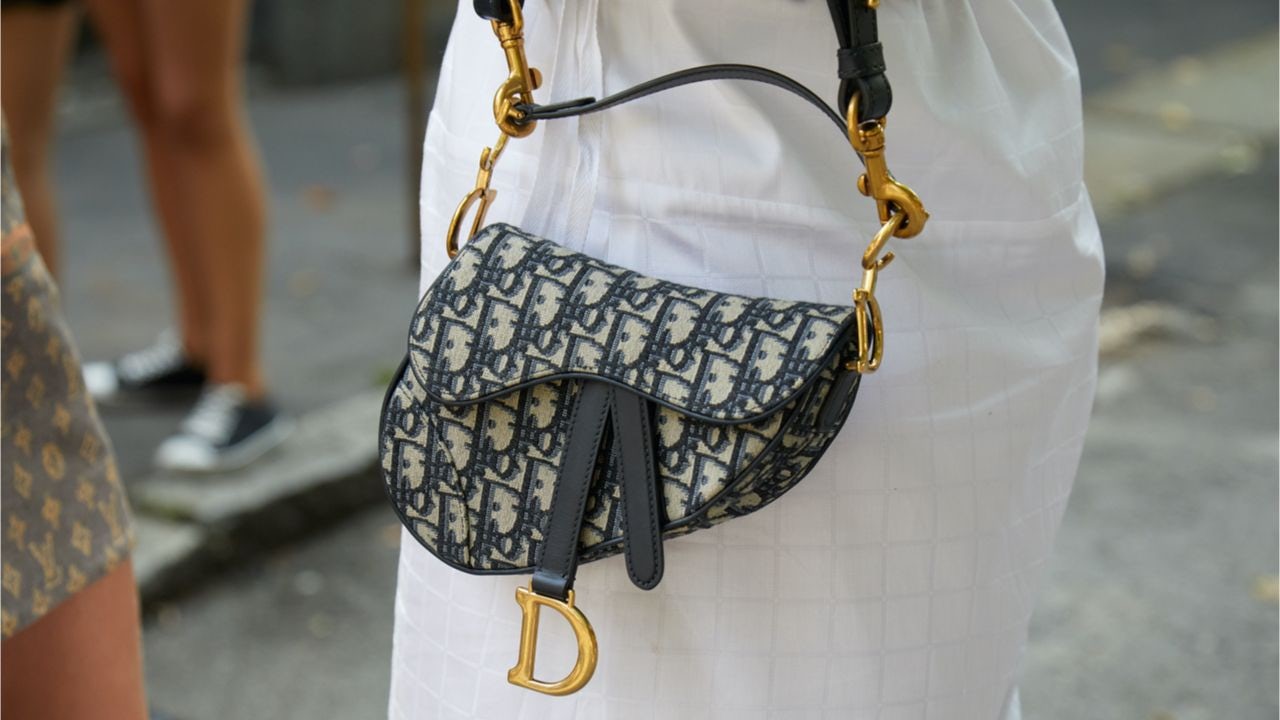One of the toughest tasks for luxury brand leadership teams today is how to turn a brand around that’s been lagging behind expectations. This is because time is of the essence when a brand’s numbers are weak, especially now that the Covid-19 virus is impacting consumer markets in mainland China and Hong Kong. A lot of brands have recently published revenue and profit warnings that blame their poor performances on external effects, especially like the virus, and while external effects have a short-term impact on brands, research has shown that luxury markets are more recession-proof than their non-luxury counterparts in the long-term. Therefore, brands that suffer early in a downturn usually have deeper, underlying issues. In other words, an external crisis is just a catalyst for underperformance and not the reason for it.
The first step towards more clarity when a brand underperforms is to be brutally honest and look for the real reasons why it’s behind expectations. A brand audit, which should include an artificial intelligence-powered, social-intelligence component, is the best way to start. As opposed to common social listening tools, social intelligence reveals deep, underlying connections and interactions by making sense of brand conversations on social media and putting them into a competitive context and time frame.
Most managers think this sounds fancy, unnecessary, or from a far-off future. I often get reactions like, “we’re not at a stage where we need that yet.” But brand preferences are built online through influencers or social media and online conversations. So if a brand isn’t able to understand which topics are trending, how consumers see the brand in a competitive context, and how their perceptions change over time, then the brand can’t compete. It’s that simple. Someone else will do a better job, and when they do, an underperforming brand’s downward spiral will accelerate.
For example, one of the most iconic fashion brands in the world used A.I.-powered social intelligence to understand how sustainability became more important in China, which affected sales in their most important market. The technology was not only able to show precisely how consumer preferences shifted but also what related topics were trending. This allowed the brand to improve its relevance and connect better with Millennials and Gen Zers.
An audit revealed the brand’s strengths but also significant gaps in its approach. What many brands underestimate is that those gaps usually aren’t a result of poor product performance. In fact, a lot of underperforming brands have excellent products. However, the more we move into the realm of luxury, the more competing brands will also have excellent products. Product excellence and craftsmanship are important, but other factors are much more critical, and the most important aspect is the brand’s story.
For almost every brand, we identify significant gaps in its brand storytelling. They originate from a brand’s vague positioning, which focuses too much on internal capabilities and category norms and not enough on differentiating the brand enough from its competitors. Differentiating through a product’s features may be a winning strategy when selling a commodity, but in the luxury industry, it can destroy brand value if done incorrectly. Instead, luxury brands need to define what I call a “unique performance point” combined with a clear understanding of how the brand inspires its consumers.
The combination of those two aspects — one rational and the other emotional — is the base of a strong brand story. It explains the brand’s purpose, which needs to be relevant to consumers. They must understand why they should buy the brand and how it creates extreme value — especially larger and more traditional luxury brands that have a deficit of brand storytelling.
Many brands are still built on a branding logic that was relevant maybe ten, twenty, or even thirty years ago when there was less competition, transparency, access, and choice. Brands could get away with simply having a famous name while building up their awareness and distribution channels. But today is a completely different time, and the “good old times” will never come back. I like to say that “the only easy day was yesterday.” Competition in all categories will continue to increase dramatically, market entry barriers will keep lowering, digital disruption will further accelerate, and consumers will become savvier and more demanding. If a brand does not have a relevant purpose and isn’t authentic, Millennials and Gen Zers will turn away.
This is why a regular audit is critical, and identified gaps need to get fixed with fast and precise countermeasures. If a brand story is weak, it must be addressed immediately before competitors take advantage or consumers opt out of a category entirely. The speed of change can be dramatic. One fashion brand I spoke with had lost 30 percent of its young consumers over the past calendar year. The CEO couldn’t believe how fast change hit him. Without drastic measures, the brand wouldn’t be able to turn things around.
To turn a brand around, managers need to think beyond products and advertising, especially the latter, which might even accelerate a brand’s decline if its story isn’t relevant. Millions of dollars are often wasted accelerating a brand’s downfall rather than helping the brand to achieve its goals. Another critical point that brands often ignore is mapping the whole customer experience across every sales touchpoint. Only when the experience at each touchpoint is strengthening the brand story can a brand be competitive. Even one “red flag” is enough to tank a brand’s entire perception.
Brand storytelling is a holistic task. It starts with understanding what your brand really stands for and then rigorously applying that story along the brand’s entire customer journey — without exception. It sounds simple, but it’s the biggest deficit of underperforming brands. Without addressing this core issue, brands are just “putting lipstick on a pig” by taking other measures. And when consumers notice the main issue isn’t being addressed, they surely won’t consider the brand to be authentic or relevant — and they will tell others after moving on.
Daniel Langer is CEO of the luxury, lifestyle and consumer brand strategy firm Équité, and the professor of luxury strategy and extreme value creation at Pepperdine University in Malibu, California. He consults some of the leading luxury brands in the world, is the author of several luxury management books, a global keynote speaker, and holds luxury masterclasses in Europe, the USA, and Asia. Follow @drlanger


